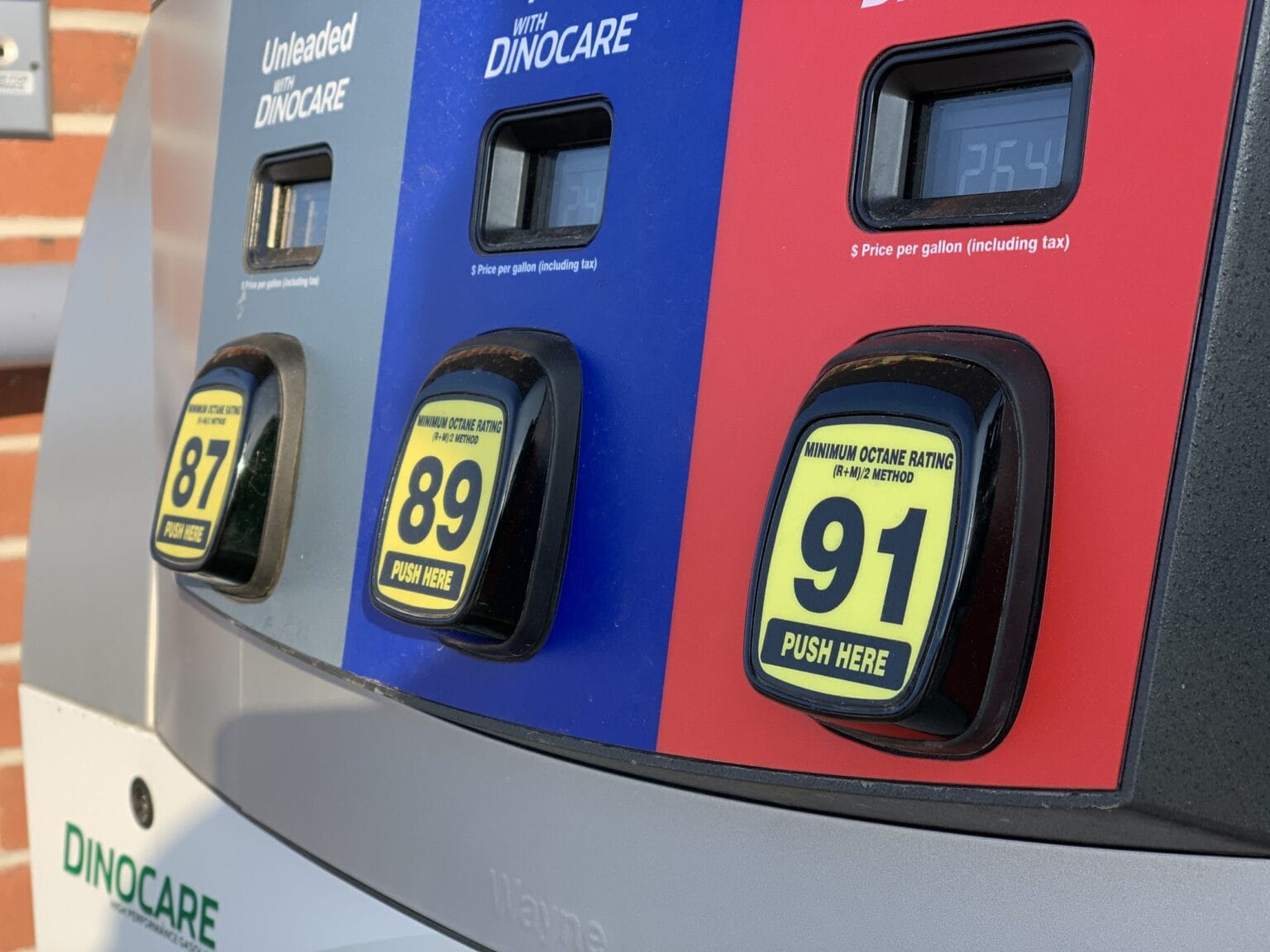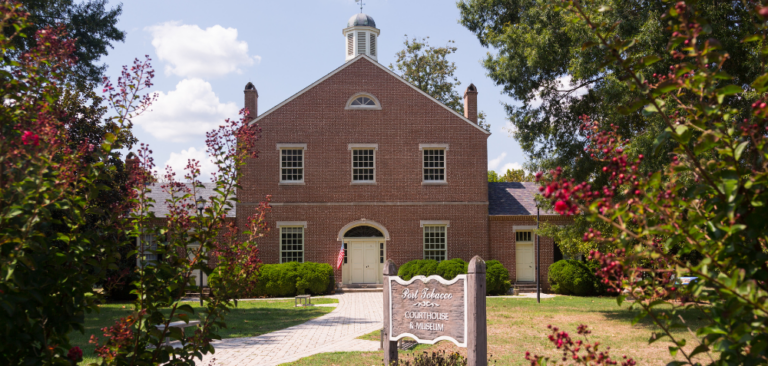
Local Impacts of Rising Fuel Costs
The last month has sent prices at the pump soaring across the United States, and while the general consumer feels the impacts directly, here are some other areas impacted by rising fuel prices impact that you may not have thought of:
Local Services:
One area being impacted by rising fuel costs is local law enforcement and emergency services. Northstar Paramedic Service Director of Operations, Edgar Callaway, said the increase in prices has affected their services. We, “basically doubled our fuel costs, which is somewhere around 15% of our overall operating costs. So we’ve doubled that cost over the last year, 18 months with no change in reimbursement, so we don’t see any more funds,” Callaway said, adding that these are the highest sustained gas prices he’s seen during his tenure at Northstar and that, “if you have an emergency, please call 911. We want to respond, but if you do not have a critical emergency find another avenue to get primary medical care rather than using a hospital emergency room and ambulance services needs to do that.”
Fuel Taxes:
In Oregon, the Department of Transportation, Fish and Wildlife, and State Patrol are partly funded by the states fuel tax. You might be thinking is great news for them when prices rise, but it’s not. When prices are high, the department struggles to afford its own fuel and Oregon drivers, who pay the gas tax at the pump, end up driving less and buying less gas, shrinking the department’s revenue.
Mac Lynde, an operations administrator at the Transportation Department explained that, “costs are going up exponentially right now with the pandemic supply chain issues and asphalt prices will go up with oil. It’ll force us to make some tough decisions.”
As for the state’s Fish and Wildlife Department, they rely on trucks, all-terrain vehicles, and boats to do their work. The department collects most of its funding from the sales of hunting and fishing licenses. According to Shannon Hurn, deputy administrative director at Fish and Wildlife, when gas prices go up, fewer of those licenses are sold.
The average price of a gallon of regular gas for Oregonians hit $4.74 Friday, according to Oregon AAA. That’s 70 cents higher than the week prior and $2 more than a year ago.
Back to the Office Commuters:
Across the country, workers who have been home for two years are being called back into their offices, some on a hybrid schedule and others full time. President Biden pledged that most federal workers will return in person while urging others to do the same. “It’s time for America to get back to work and fill our great downtowns again with people,” he said in his State of the Union address.
Outside the government space, corporations Wells Fargo, Microsoft, and Ford say their return-to-office plans, which have been delayed multiple times because of COVID-19, are moving forward as planned, despite national gas prices topping at $4.35 last week (according to AAA).
The sudden rise in fuel costs has a lot of Americans experiencing sticker shock at the pump, and for some the price is heightening already uneasy feelings about the impact of inflation. Here is the impact an example commuter could see over the span of 2022 if rates level out around the $4 mark: Assume you live in Fargo, N.D., have a seven-mile commute and your car gets 26 miles per gallon. A week of driving to work would have cost $3.74 in May of 2020, $7.50 in May 2021, and $10.25 with average prices as of March 8. If you live 30 miles away from work, a week of driving would have cost $16.04 in May 2020, $32.20 the year after, and $43.97 on March 8. A typical family in the Fargo area will spend about $2,500 more on gas this year, based on how the current price trends look.
Bottom line, yes, today’s high price of gas is tough on all American consumers. But there is hope that it is only temporary, as analysts predict gas prices will level off soon but will remain elevated for the remainder of 2022.
Sources:
https://www.wvua23.com/gas-price-increase-impacting-emergency-medical-services/



